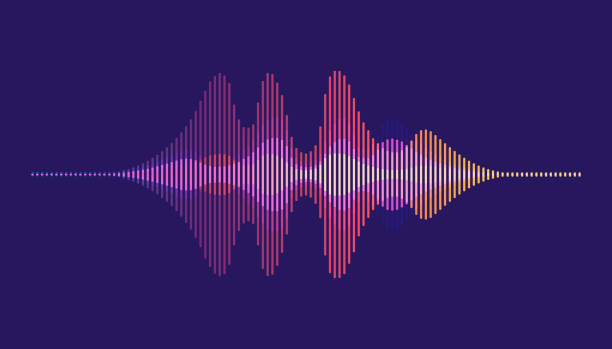What's up guys! Today we're going to talk about Apple's new Spatial Audio feature. This new tech gives you a super immersive listening experience by making music sound like it's coming at you from all directions. It's pretty dope!
So how does it work? Well, Spatial Audio uses fancy head tracking to make stereo audio sound more three-dimensional. It's like surround sound but way more advanced. When you move your head around, it actually adjusts the sound so it feels like you're right there in the middle of the music. Wild right?
The effect is powered by the accelerometers and gyroscopes inside AirPods Pro and AirPods Max. They detect even the tiniest head movements and motion data, then send that to your device over Bluetooth. From there, some complex audio processing creates a surround soundscape that follows the orientation of your head in real-time. Mad science!
This gives music a sense of space, depth and direction that regular stereo audio just can't touch. It's like you're on stage with the band or sitting in the studio mixing desk - you're totally immersed in the sounds around you. Even if you're just sitting still, it feels so three-dimensional.
Vocals sound crystal clear and instruments feel like they have an actual position in 3D space. Close your eyes and you can visualize the different elements placed around you. It's an unreal feeling, almost like having binaural superpowers lol. Of course, experiencing the full effect requires using Apple gear. You'll need an iPhone or iPad running at least iOS 14, plus AirPods Pro or AirPods Max. Apple Music also streams songs mixed for Spatial Audio on compatible tracks.
On the AirPods Pro, Spatial Audio works with 5.1, 7.1 and Dolby Atmos content. The AirPods Max use special gyroscopes and accelerometers in the ear cups to track motion, so it can handle next-level 5.1, 7.1 and Dolby Atmos mixes. That said, even on normal stereo tracks Spatial Audio adds a sense of space and direction. The headphones map sound sources like vocals to fixed points, so those elements feel more multi-dimensional. Still, for the full 360 effect you need tracks specifically mixed for Spatial Audio.
If you're watching movies or TV shows on your iOS devices, Spatial Audio can align the sounds with what's happening on screen too. So dialogue seems to come straight from the characters' mouths, while effects happen in the right place around you. It's super trippy and cool!
Now admittedly, Spatial Audio is not perfect yet. The head tracking effect can seem a bit unnatural at times, especially if you turn your head too quickly or jerk it around. The tech just can't keep up and localize sounds that fast lol. Also, some people feel Spatial Audio makes music sound more echoey or distant. Partly because it places sounds further away from your ears to create space. So on certain tracks, the effect might seem exaggerated or just not sound right.
Apple says they're constantly tweaking Spatial Audio though based on user feedback. The goal is to make the 3D effect as natural as possible. Hopefully the tech keeps improving over time! At the end of the day, Spatial Audio is a truly innovative leap forward for mobile audio. It brings theater-quality surround sound to your headphones! The effect totally transports you inside the music for a fantastically immersive experience.
If you're an Apple user and real sound quality nerd like me, I'd say try it out ASAP. Just grab some AirPods Pro/Max, get iOS 14 on your device, then stream Apple Music tracks made for Spatial Audio. It'll blow your ears away, trust me. The future of music be cray!
Aight, that's my take on Apple's new hotness Spatial Audio. Holla with questions in the comments fam, and I'll try to help explain this futuristic tech more. For now, I'ma disappear back into my Apple-centric hyperbaric time chamber. Peace out homies!



No comments:
Post a Comment